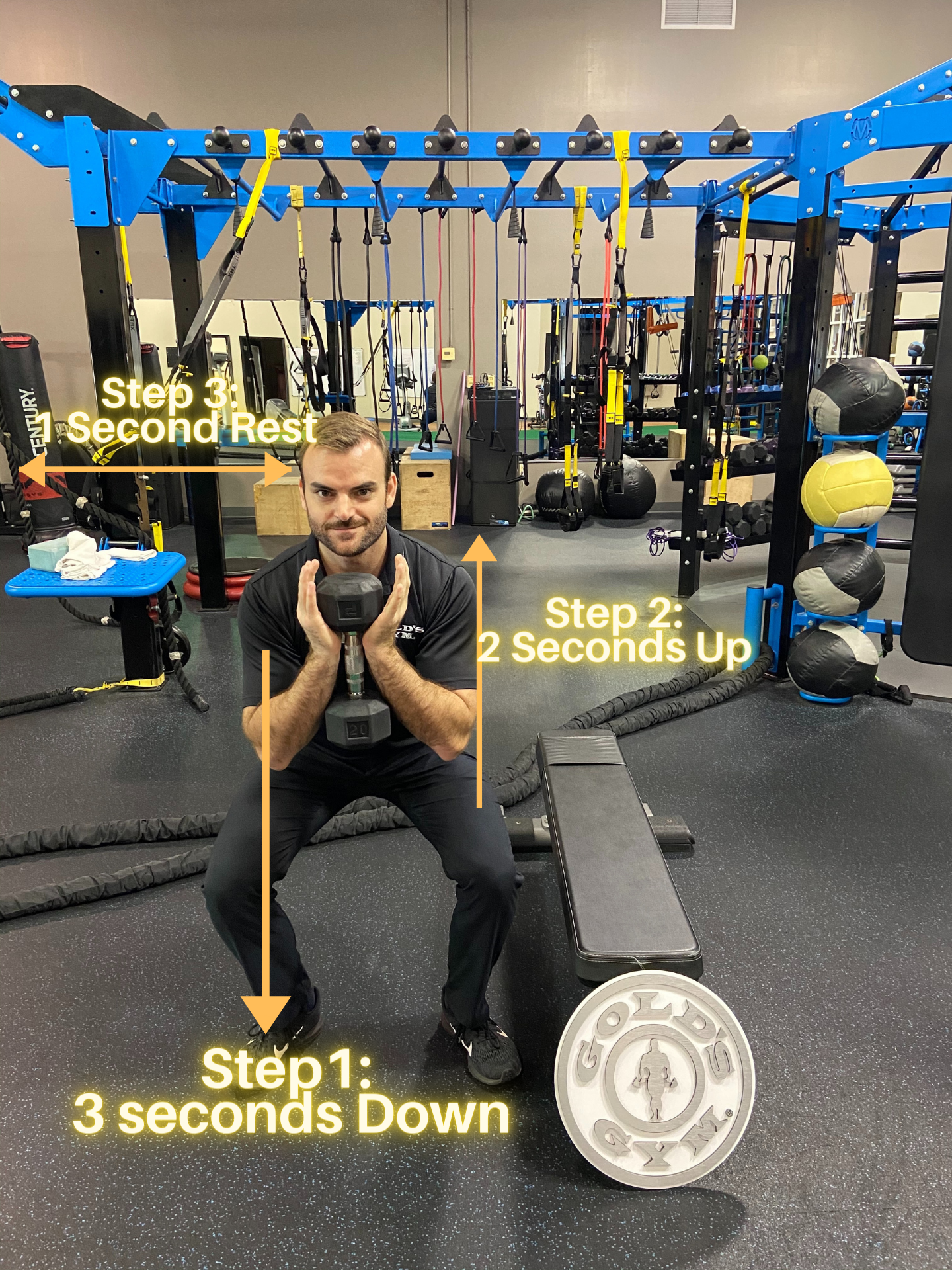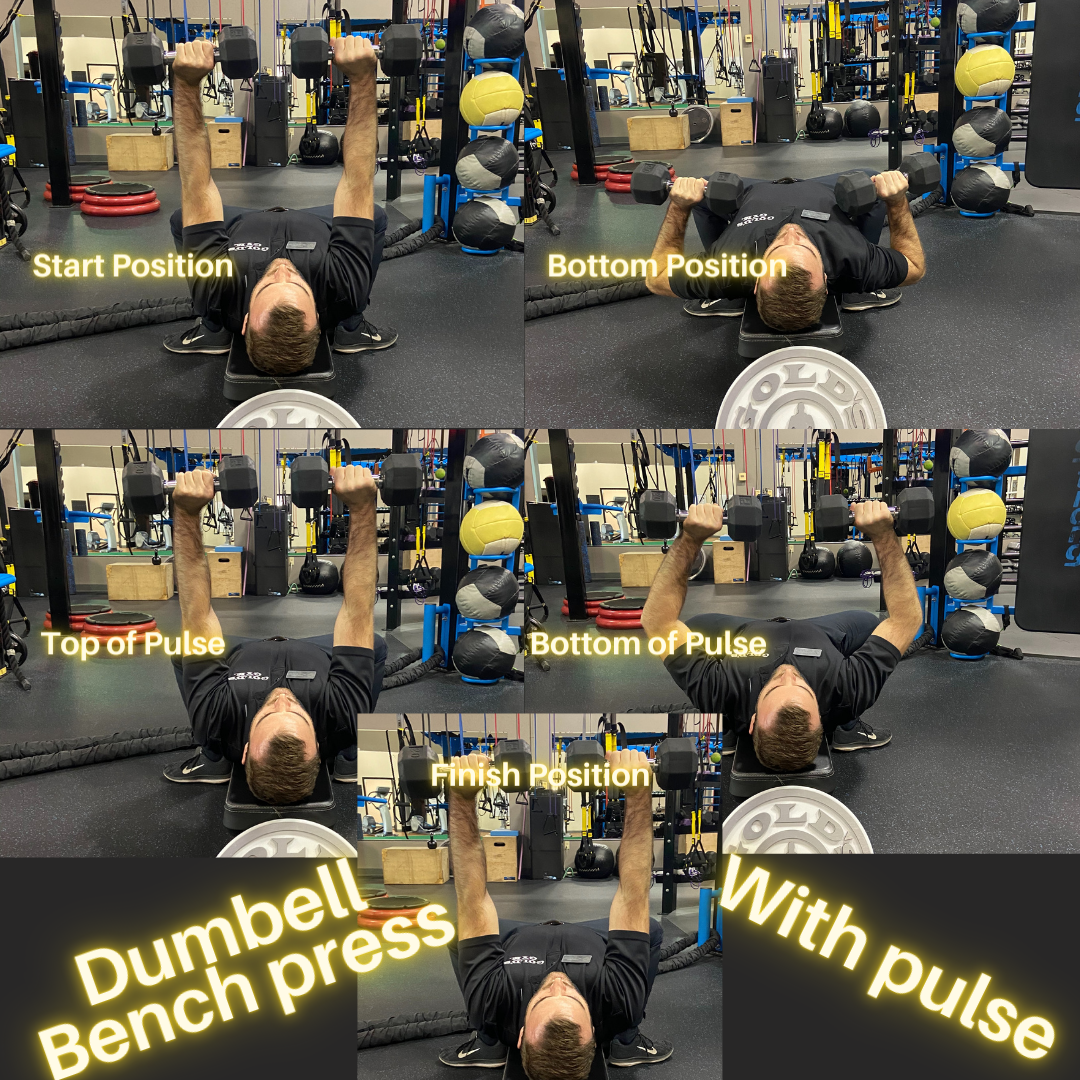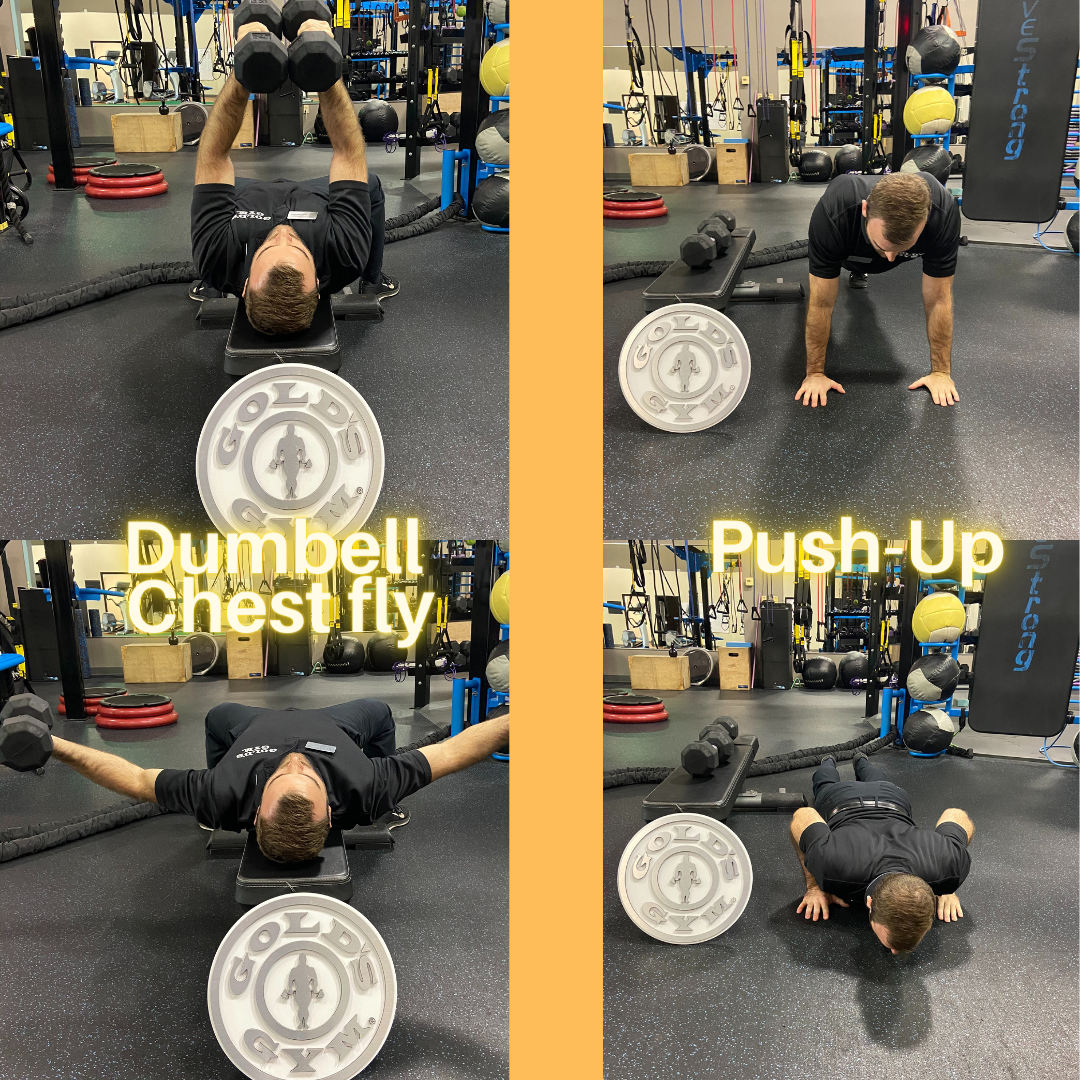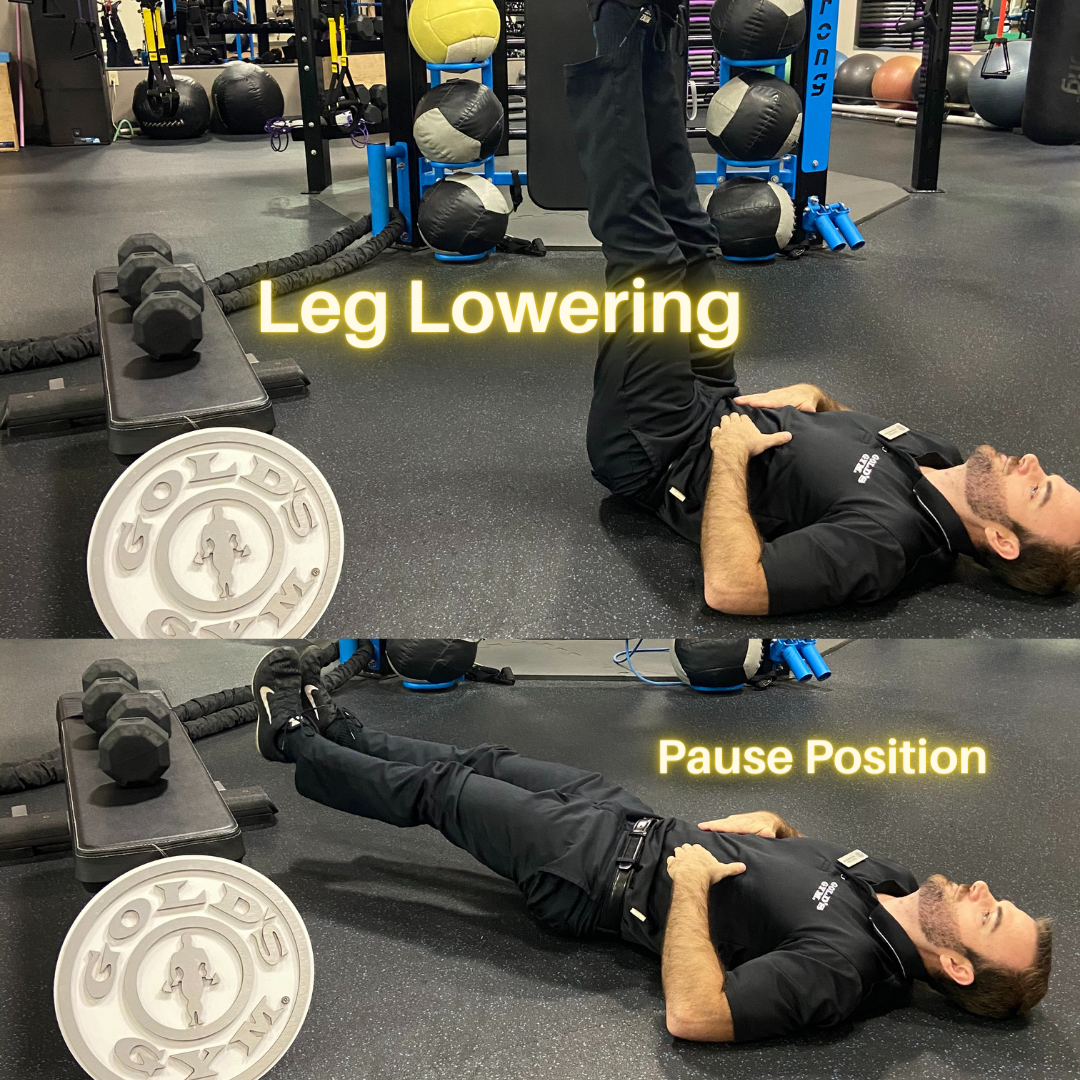
Five Ways to Make Your Exercise More Challenging
Let’s get creative and answer some common questions about struggles that many people face during their fitness journey!
Do you only have access to one piece of workout equipment? Are you struggling to make your workouts harder? Do you feel like you have peaked with the weight load you are using? Maybe you are just bored with the same old routine…well, try some of these simple fixes to mix things up and keep your progress moving forward! You are not the only one to have these same problems, however, we have a solution!
Five ways to make your exercise more Challenging:
1. Use the Time Under Tension principle
Time under tension is a strength training principle that requires movement at a certain speed or tempo in order to put more tension on the muscle fibers with each movement. This forces your muscles to strain and work harder and longer to help optimize muscle growth, strength, and endurance.
2. Add a Pulse to the movement
A pulse is when you move back and forth slightly and rapidly at the end range of the movement. This pulse will shorten the range of motion and cause the muscle to stay contracted for longer.
3. Use Negatives when training
A negative is when you move slowly on the downward, or return part of the movement, and avoid doing the other half of the movement, which helps to stimulate natural growth hormone that creates better muscle building.
4. Create Supersets or Triplets
A superset is a combination of two exercises, and a triplet is a combination of three exercises. If you select two or three movements that all train the same muscle group, you will increase the number of repetitions and decrease rest time to enable more work to be done and more muscular contraction to occur. This will help stimulate muscle growth and muscular endurance.
5. Add a Pause to the movement
One would typically pause the movement at one of three positions: the start, the middle, or the finish position(s). The pause helps to increase time under tension and creates longer contractions that also stimulate muscle growth and endurance.
Each of these three things can be used with any movement you can think of and will help make any exercise harder no matter the weight or movement. Try different methods with the same movement and discover which works best for you!
Now that you have this information, it is time to try these things out and let us know how it goes! I know we have found a lot of success with all of our training clients by implementing all of these strategies. So breakthrough that plateau and continue seeking success. You can do this. Sometimes, it just takes a little extra tweaking and trying something new!
SAMPLE WORKOUT:
A) Goblet Squat:
Perform 4 Sets, 10 Repetitions using Time under Tension-Move @3021 Tempo. This means you will slowly lower your body for three seconds, then slowly stand up for 2 seconds back up to a standing/start position, and rest for 1 second to get a breath at the top. Rest 1:00 min between sets.

B) Dumbbell Bench Press W/ Pulse:
Perform 5 Sets, 10 Repetitions with a pulse at the top of the movement. Start with both arms fully extended on the bench, lower to the chest in a controlled manner and press back to the top position-once back at the top quickly lower 1-2 inches of movement and return to the start position with arms fully extended to begin the next repetition. Rest 1:00 min between sets.

C) Pull-Up Negative’s:
Perform 3 Sets of 5 Negatives, using a 3-5s negative movement. Do this by setting up a box to help you get into a start position where you are at the top position of a pull-up, holding your bodyweight above the bar. Slowly control your body’s descent by lowering yourself in a controlled manner for 3-5 seconds back to the box. Climb back up to the top position and start your next movement/repetition. Rest 1:00 min between sets.

D1) Dumbbell Fly:
Perform 3 Sets of 8 Repetitions as a Superset with D2. Rest :15s before beginning D2.
D2) Push-Up:
Perform 3 Sets of Max repetitions until failure. Once you hit failure, begin set 2 or 3 of D1. Rest 2:00 min before starting over with D1.

E) Leg Lowering:
Perform 3 Sets of 8 Repetitions with a 3s pause at end range of movement. This means that from the start position you will slowly lower your legs, when you have lowered them to the lowest, safest position you are able to do, hold them there for 3 seconds before lifting them back to the start position. Rest :30s between sets




